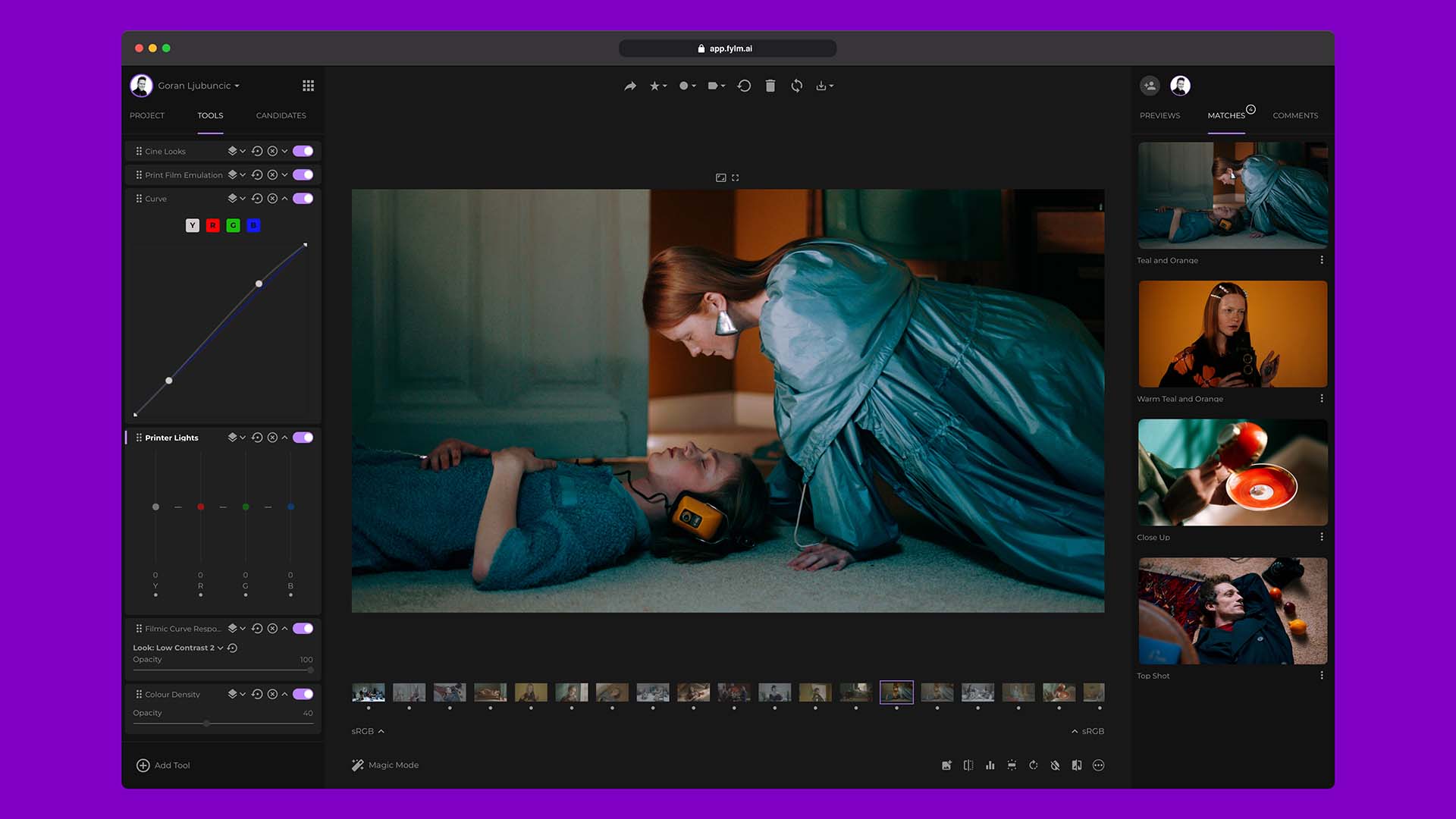
Mid-summer saw RedShark focus on audio, while in space the James WebbSpace Telescope sent back its first images.
Audio is often still one aspect of production that gets neglected, despite the affordability of varied, high quality microphones and software these days. However, even if you don't have a fully calibrated studio setup, there are some core basics that will help ensure that you get the best quality sound from the shoot to begin with.
We put together a short guide listing the essentials needed to get good location audio to minimise the amount of 'fixing' required in post. As the saying goes, audio is 70% of what we see, so it pays to get it right.
Read Simple tips for better location audio.
Forget Robocop, Robocolourist is here
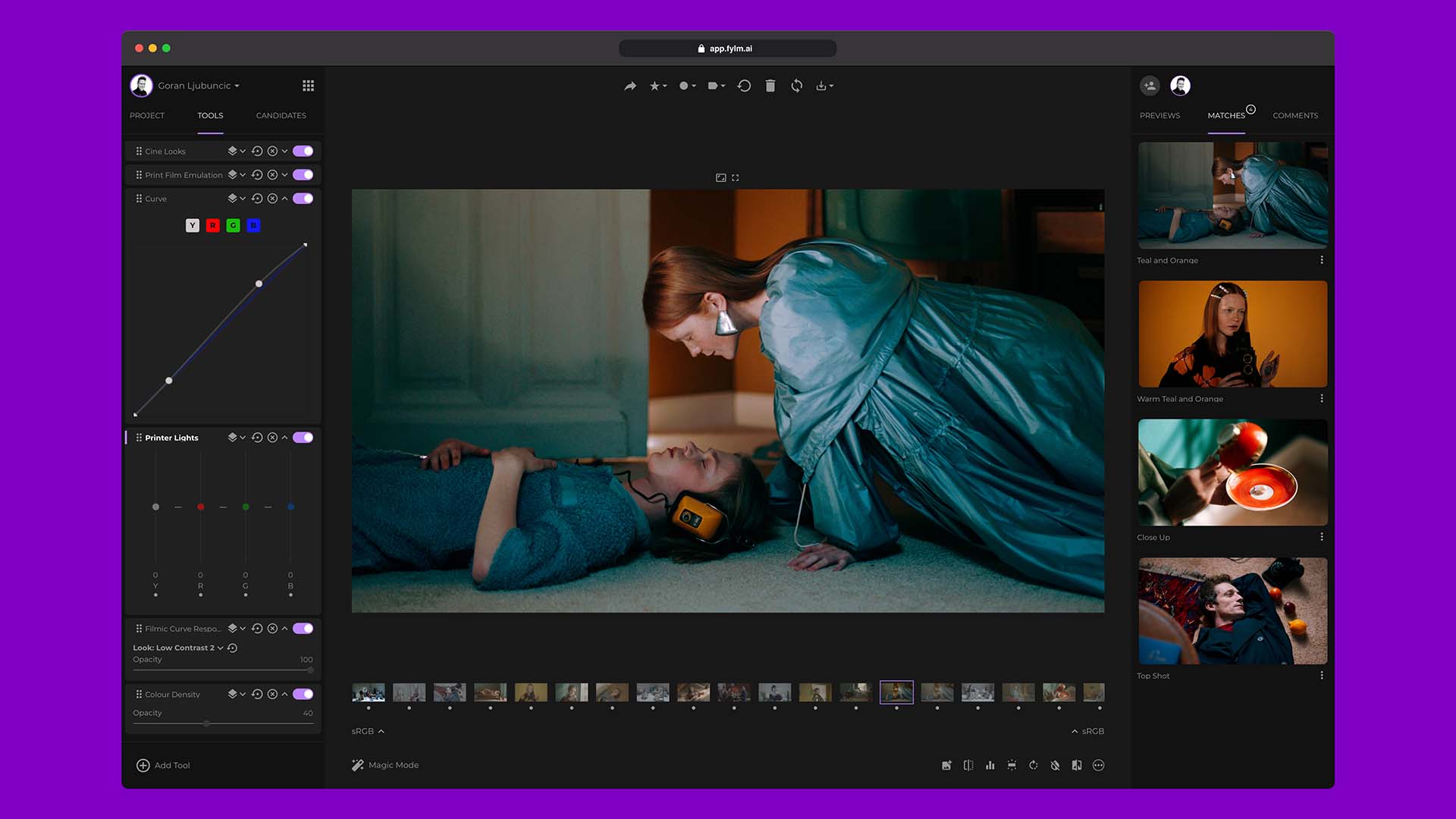
Phil Rhodes tackled the subject of AI colour grading, something that has been gaining in sophistication and capabilities. With software like Colourlab AI leading a charge to take the tedium out of grading large scale projects, we decided to take a look at the state of play at the time.
There's a lot of discussion about the effects of such software on the industry, but at its heart the idea is to help professionals get most of the way there, freeing up more time for the creative aspects of grading. At a time when time is at a premium, and clients want to see results quickly, anything that can speed up the process should be welcomed, although the developments are still treated with caution from some corners.
Phil wrote: "Suffice to say that the white heat of AI research can only make this sort of thing better and better over time, though the film industry is still just about enough of a den of art geeks that just because a technique makes something easier, cheaper, faster and better is not necessarily enough to guarantee its immediate and widespread adoption."
Read Forget Robocop, Robocolourist is here.
The first images from the James Webb Space Telescope are spectacular

Meanwhile, back in outer space, the James Webb telescope sent back its first images, and they were spectacular. NASA had been hyping them up in the run up to their release, and they didn't disappoint.
NASA stated, "Webb's First Deep Field is not only the first full-colour image from the James Webb Space Telescope, it’s the deepest and sharpest infrared image of the distant universe, so far."
We'll let the images speak for themselves.
Read The first images from the James Webb Space Telescope are spectacular.
Top 5 wireless microphones for different needs
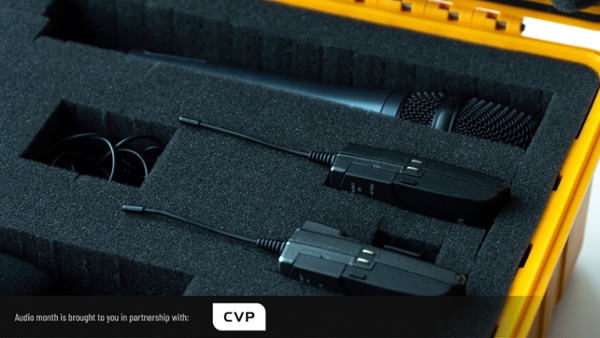
We carried on Audio Month with a look at some of the most popular wireless microphones for different uses on the market.
At one time, wireless microphones were a luxury that only dedicated professionals could afford, with a radio license required to use less busy frequencies. These days, things have come a long way, with reliable 2.4GHz devices that are optimised for short range use. Additionally, many of the current crop of affordable devices incorporate local audio recording into their transmitters, meaning that if there are any issues with the signal reaching the camera, the audio is still preserved in a backup recording.
Read Top 5 wireless microphones for different needs.
Where are we with mass market HDR?
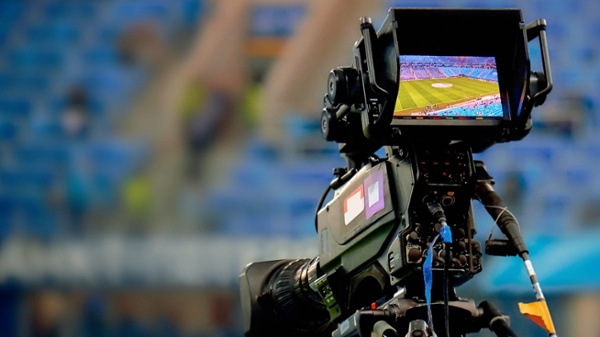
HDR was supposed to be the next big thing. And, just like many 'things' that are supposed to become the next big thing, makeup hasn't been quite as quick as the industry would have hoped. But that could still change.
An article by Technicolor and MediaTek looked at ways that mass take-up could be accelerated.
“It is an exciting time because SoC manufacturers are in a critical position to bridge the gap between broadcasters and device manufacturers in ensuring that viewers receive the experience intended by the production teams,” says Alfred Chan, vice president of TV BU, Smart Home Business Group at MediaTek.
“MediaTek is working to ensure that the Advanced HDR by Technicolor solution is properly incorporated into our chipsets so that images are properly displayed on TVs. This requires a huge amount of coordination. The good news is that the ecosystem is working very closely together, and these efforts are paying off. We are bringing HDR to market at an increasingly rapid pace.”
Read Where are we with mass market HDR?
The perfect camera for vlogging?
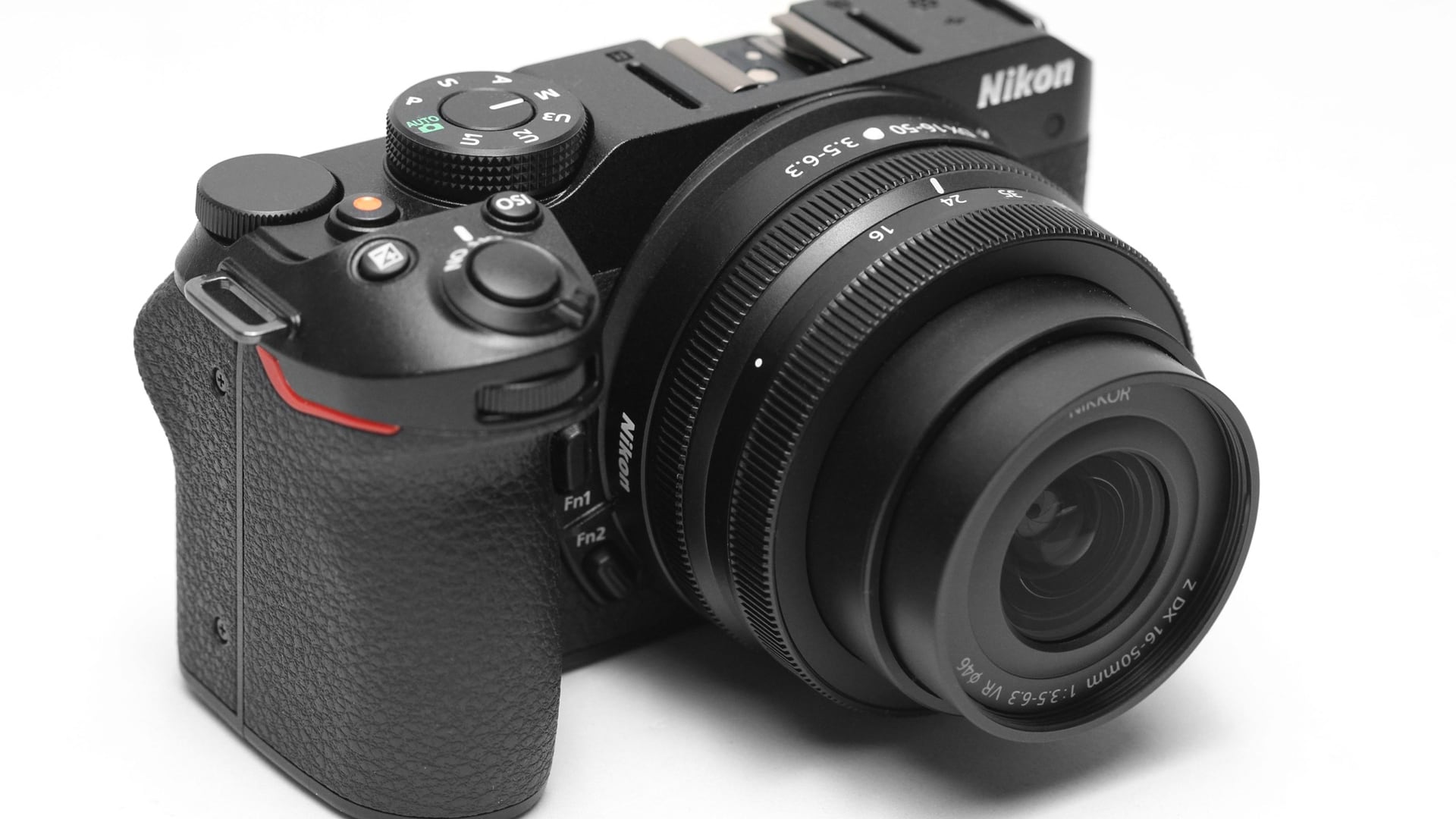
Summer is traditionally a slow period for new camera releases, but there were still some nuggets. We got to review Nikon's Z 30, a camera aimed squarely at the vlogger market.
The ever increasing content on YouTube, along with newcomers starting to upload their content all the time has opened up a market where small, easy to use, yet very high quality cameras have become viable.
Phil Rhodes wrote: "It’s a vote of confidence for YouTube that companies like Nikon, as well as other manufacturers such as Sony with its competing ZV-E10, are able to sell cameras like the Z 30 to social mediators who are outgrowing their cellphones. At around £750 including the DX 16-50mm f/3.5-6.5 zoom, the Z 30 will feel like a significant investment to the majority of its target audience, much as it’s about the same price as the competition. It’s also 25% cheaper than the related Z 50, a saving in exchange for the Z 30’s lack of an eyepiece viewfinder that most vloggers will rarely use."
Read Nikon Z 30 reviewed: The perfect camera for vlogging?
What the smartphone says about the future direction of camera development
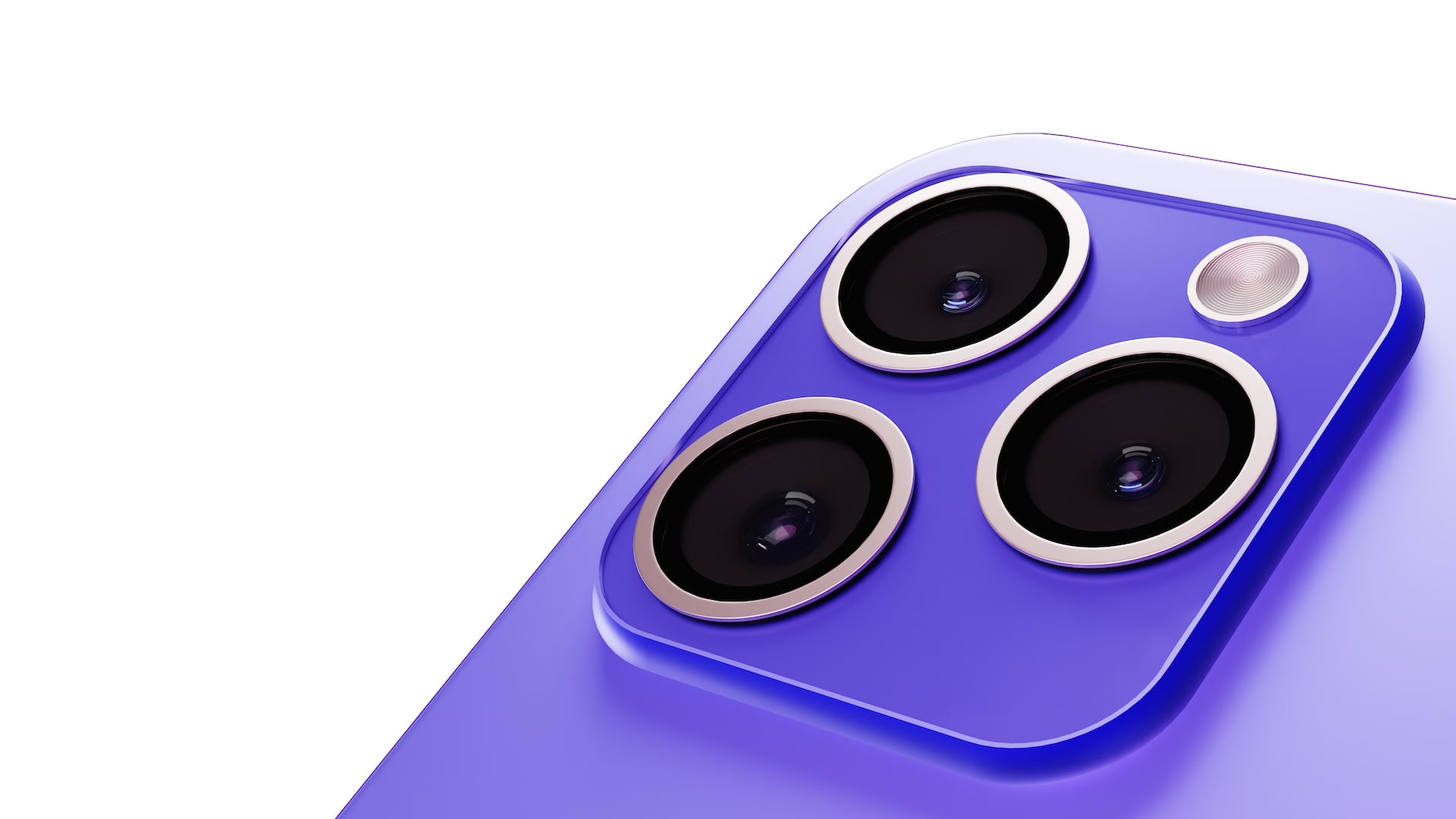
Computational photography has been allowing smartphones to create photographic imagery well beyond the quality the paper specifications of the sensor would seemingly allow. Now the push is for computational video, and it's being incorporated into smartphones in increasingly sophisticated ways. A good example of this is Apple's Cinematic Mode on its newer iPhones, which creates artificial shallow depth of field.
The effect isn't perfect, but it can get impressive results never-the-less, and it's only going to become more accurate and higher quality as we move through the generations.
Phil Rhodes examined these developments and posited what kind of effects they will have upon professional cinematography and cameras in the future. Traditionally the most sophisticated tech came from the high end, whereas now this has been reversed somewhat when it comes to more experimental features.
"In the end, most of the tricks which are available for cellphones can be available for film and TV cameras if we want them to be – we’re all interested in better noise reduction algorithms, for instance."
Read What the smartphone says about the future direction of camera development.
RED announces V-RAPTOR XL 8K VV
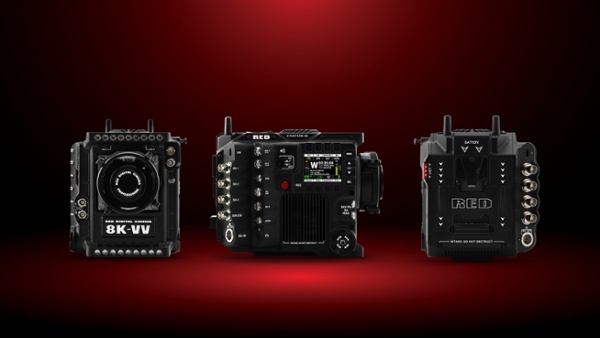
RED confirmed various rumours and sightings by officially announcing the V-RAPTOR XL 8K VV. And we complain about the naming systems used by Sony and Panasonic...
Regardless of the absolute mouthful of a name, the V-RAPTOR XL is a serious bit of kit, featuring a 8192 x 4320 CMOS sensor with 17+ stops of dynamic range and recording in 8K at up to 120fps.
Tempting though the specification is, the pricing confirms the camera as being very much in the realms of rental houses or professionals with no shortage of work with their own gear. It's a strange state of affairs when not so very long ago £40K or so would buy you a standard definition Digibeta camcorder. Now that image quality has well and truly filtered down to much less expensive systems, there's much less separation between what the high end and the low end are capable of.
However, there is still a need for high end systems to feature extensive connectivity and build quality that gets skimmed over on lower budget cameras.
Tags: Technology Production


Comments